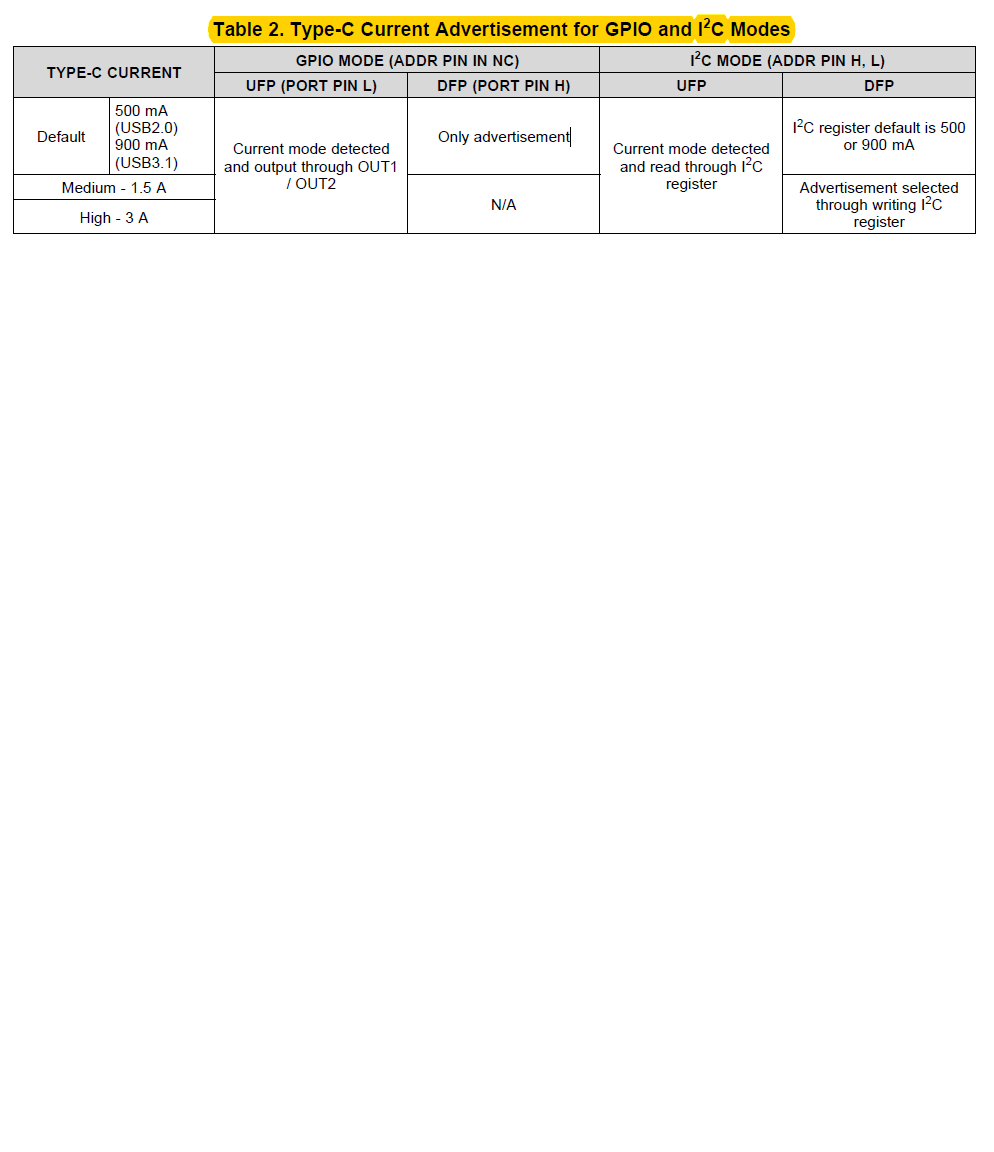Other Parts Discussed in Thread: TUSB320, TUSB320HAI, TUSB320LAI, TUSB321
Dear all,
Currently I'm using the TUSB320EVN evaluation module, and we are planning to use it in our product as a hardware in between the Type-C USB and our USB-2 Device connection.
I have powered-up the module with the 5.0 Volt barrel connector and there is a constant 5.0 Volt power applyed to module. The R-12 resistor is de-soldered and the switch is set-up [ 1 0 0 0 0 0 0 1 ] , where 1 = ON and 0 = OFF.
The USB type - C J7 connector is not connected. When I attach the USB J7 connector to my pc, nothing happens, the hardware is not being recognised. There is no any kind of device recognized by my PC.
At this point I have no idea, why it is not recognzed by my pc and what other settings I am missing out.
Thanks in advance
David


